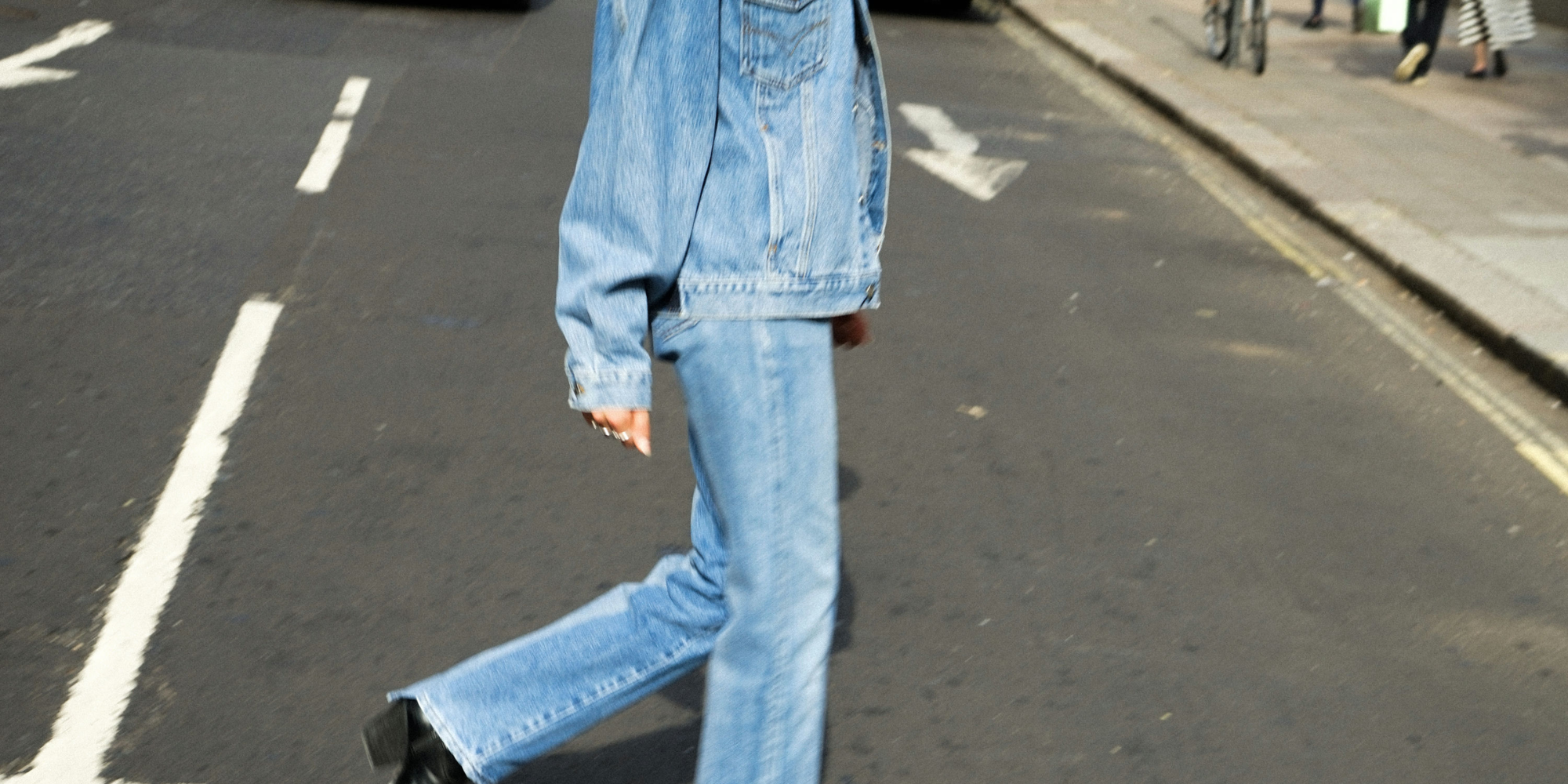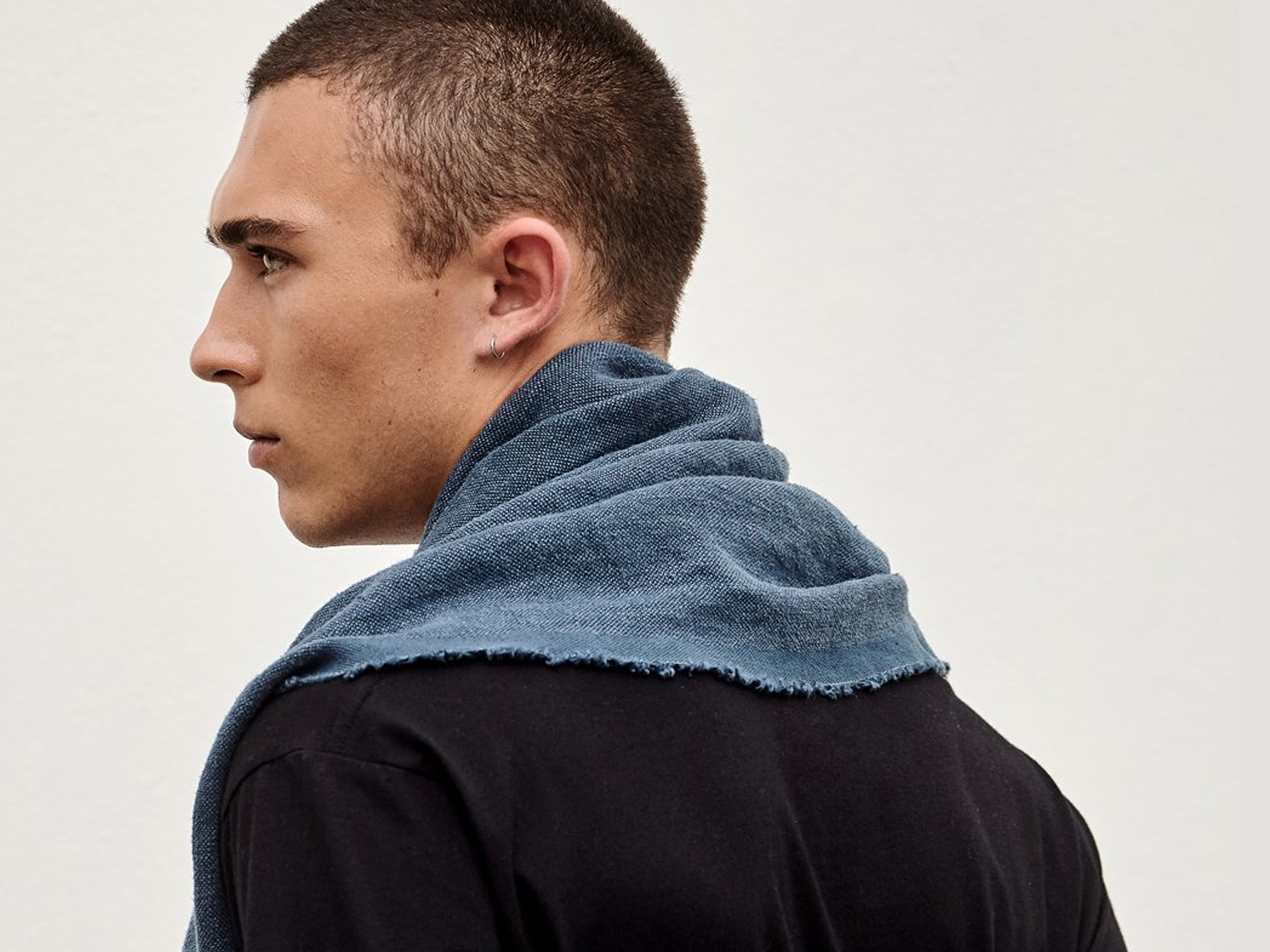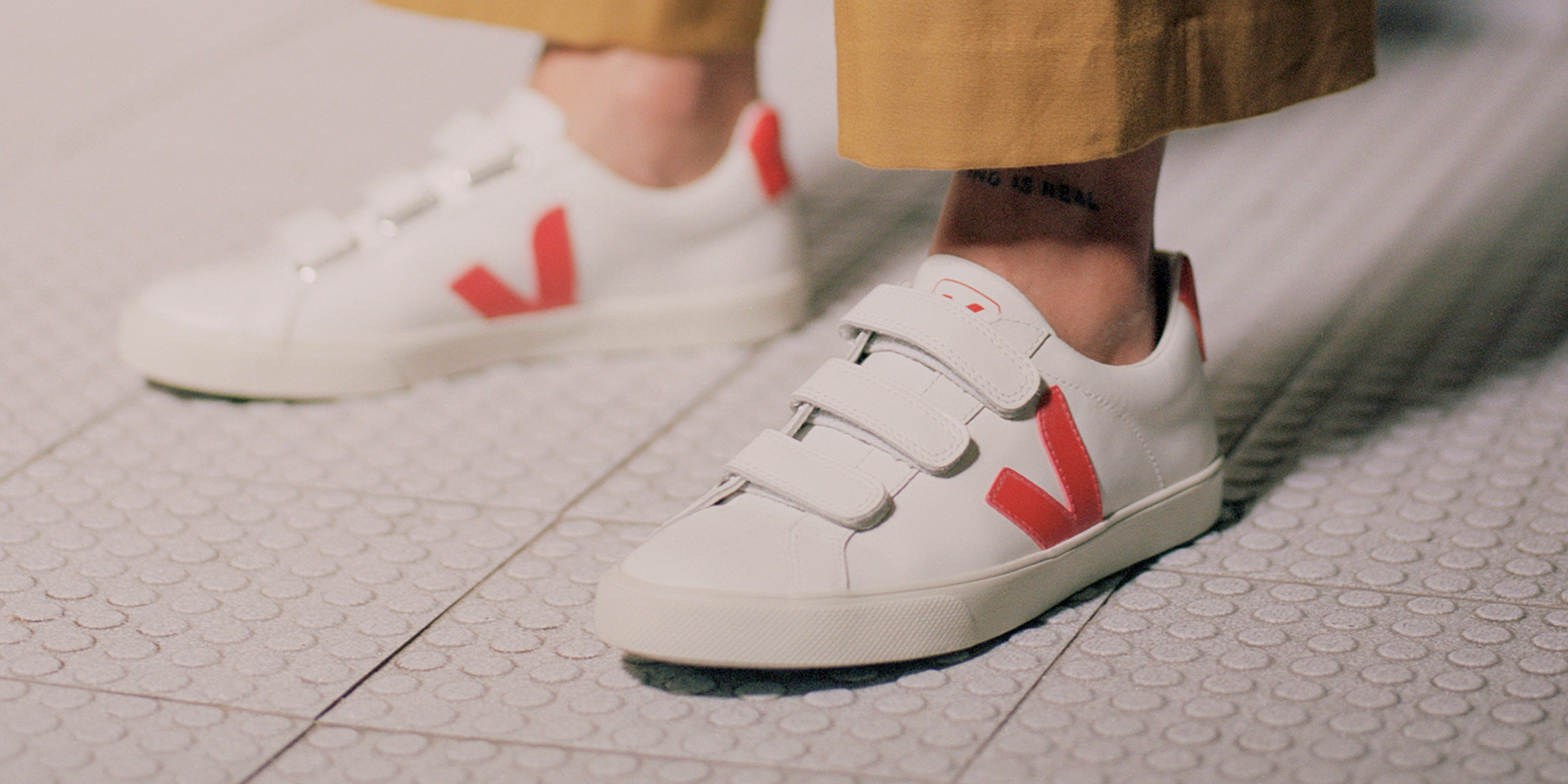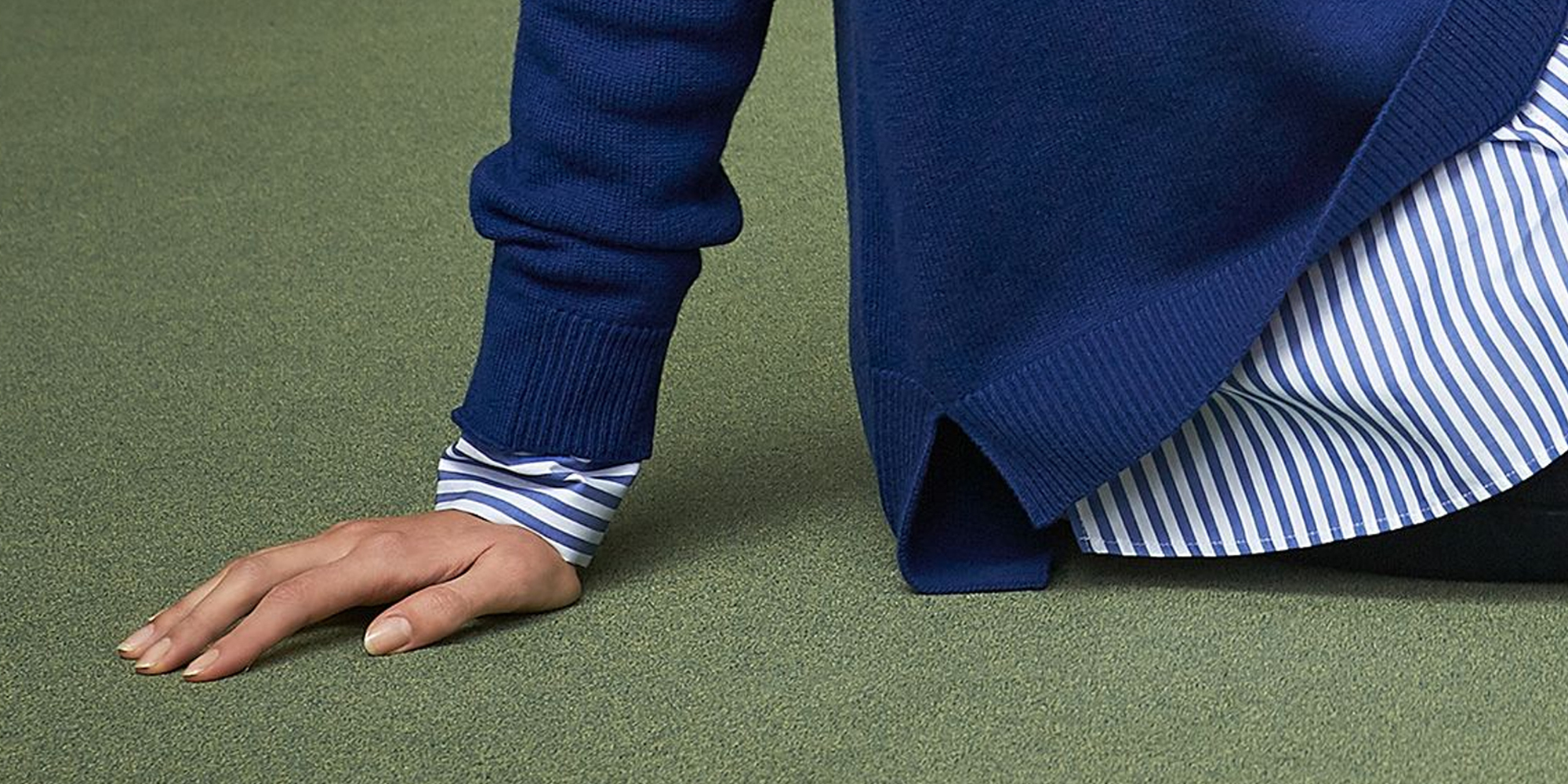Our editors curate highly rated brands that are first assessed by our rigorous ratings system. Buying through our links may earn us a commission—supporting the work we do. Learn more.
What’s beneath the surface of the H&M Group-owned brand? Is COS treating people, the planet, and animals as well as it first appears? This article is based on the COS rating published in December 2023 and may not reflect claims the brand has made since then. Our ratings analysts are constantly rerating the thousands of brands you can check on our directory.
Is COS doing the right thing?
You’d be forgiven for thinking you had stumbled upon a small eco-conscious label on COS’ website, thanks to the timeless vibe of its clothes and prominent sustainability section. But this is a global brand with more than 250 stores that’s owned by the H&M Group—a behemoth that helped to shape the destructive fast fashion industry as it is today. So does that make COS unethical, too?
The Swedish retailer’s longstanding contemporary and minimalistic style has been compared with luxury label The Row and has garnered a committed following amongst fashion world figures, not to mention a legion of shoppers on the quest for items that are a step up from the low bars of brands like SHEIN. And while it does have a resale scheme, and the aforementioned classic design—which should in theory encourage customers to buy less—our ratings analysts found little evidence that it’s doing enough for people, the planet and animals to truly be sustainable. Plus, its business model of mass production and frequently changing collections leans towards a fast fashion ethos. So while COS might score slightly better in our ratings than sister brand H&M, it still has a long way to go in making improvements across the board. Read on to discover how it can do better.
Environmental Impact
In the midst of a climate crisis, paying attention to environmental impact is crucial for brands that want to stay relevant. COS recognises this and has been increasingly used lower-impact materials in recent years. It breaks down its progress on its Sustainability page, with a goal to “use only 100% sustainably sourced or recycled materials by 2025.”
This is all well and good, but the trouble is setting—and, ideally, meeting—concrete goals for the planet. For example, it has set a science-based target to reduce greenhouse gas emissions generated from its operations and supply chain, but there is no evidence it is on track to meet its target. And the biggest roadblock? With fast fashion traits such as on-trend styles and regular new arrivals, COS is still perpetuating mass consumption. All things considered, though, COS scores “It’s A Start” for the environment.
Labour Conditions
Transparency is a crucial first step to a more ethical and sustainable fashion industry for all. COS scored 71-80% in the Fashion Transparency Index and publishes detailed information about various levels of its supply chain. But almost none of its supply chain is certified by labour standards, ensuring worker health and safety, living wages, or other labour rights. It says it has a project to improve wages, but so far, evidence of any progress is lacking. And as a subsidiary of global behemoth the H&M Group, COS has significant power to influence its suppliers and engage them to do better, yet the brand still scores “Not Good Enough” when it comes to workers.
Animal Welfare
COS is making some efforts to improve animal welfare. It has a formal animal welfare policy aligned with Five Freedoms, uses down accredited by the Responsible Down Standard and some recycled down, and states that it sources wool from non-mulesed sheep. It doesn’t use fur, angora, or exotic animal skin, and it traces some animal products, but only to the first stage of production. Leather and exotic animal hair are also still present in some of its designs. But this is still “Not Good Enough” for animals.
Overall Rating: It’s A Start
So, how ethical is COS? Overall, we’ve rated COS as “It’s A Start” based on our own research—you can read more in our post about what our ‘It’s A Start’ rating really means. While there is some progress being made for people, the planet, and animals, COS still has a way to go before it can achieve a higher rating. It should focus on setting and achieving concrete goals to reduce its climate impact, ensuring payment of a living wage across its supply chain, and ensuring all animal products are recycled or replaced with more ethical alternatives.
Note that Good On You ratings consider hundreds of issues, and it is not possible to list every relevant issue in a summary of the brand’s performance. For more information, see our How We Rate page and our FAQs.
If COS’ rating doesn’t cut it for you, but you love the clothes, why not buy COS second hand? Otherwise, we’ve found some “Good” and “Great” alternatives to meet your needs.
Good Swaps
More sustainable alternatives to COS




























